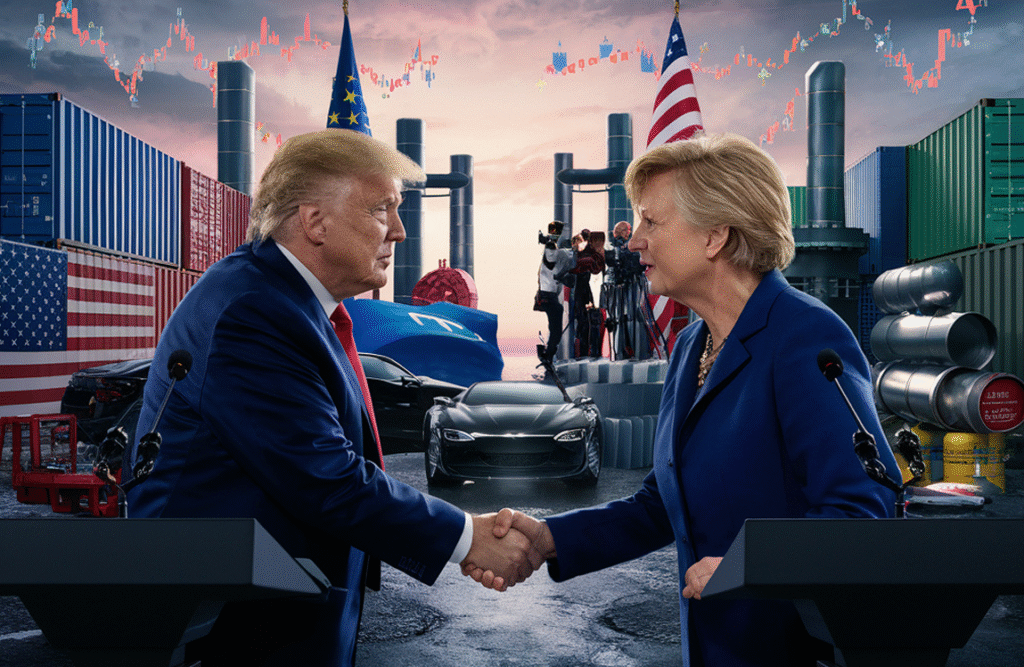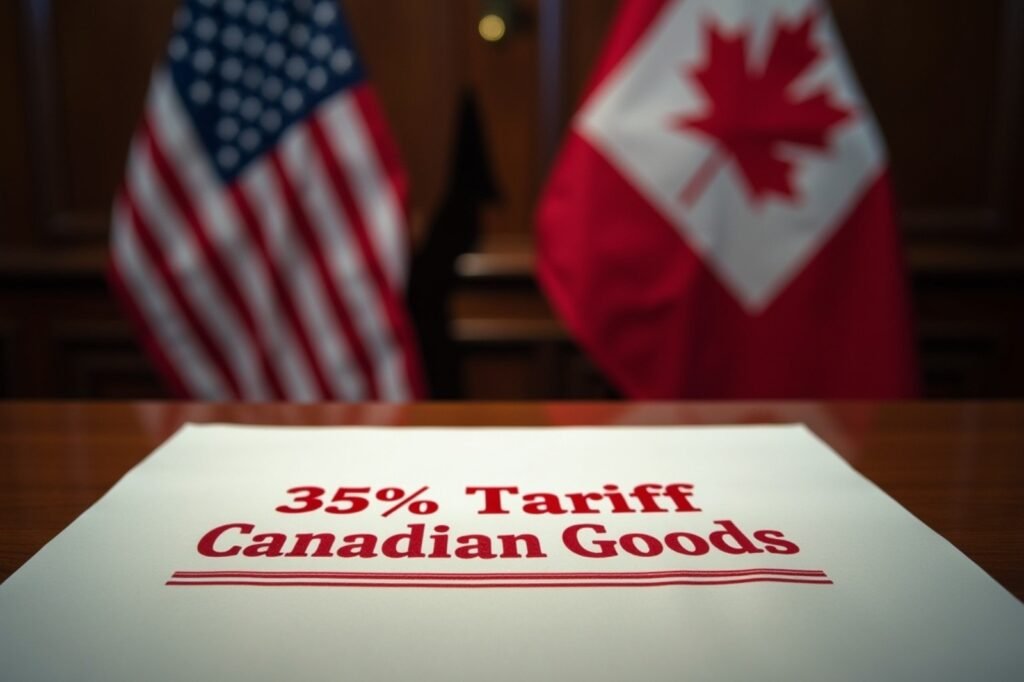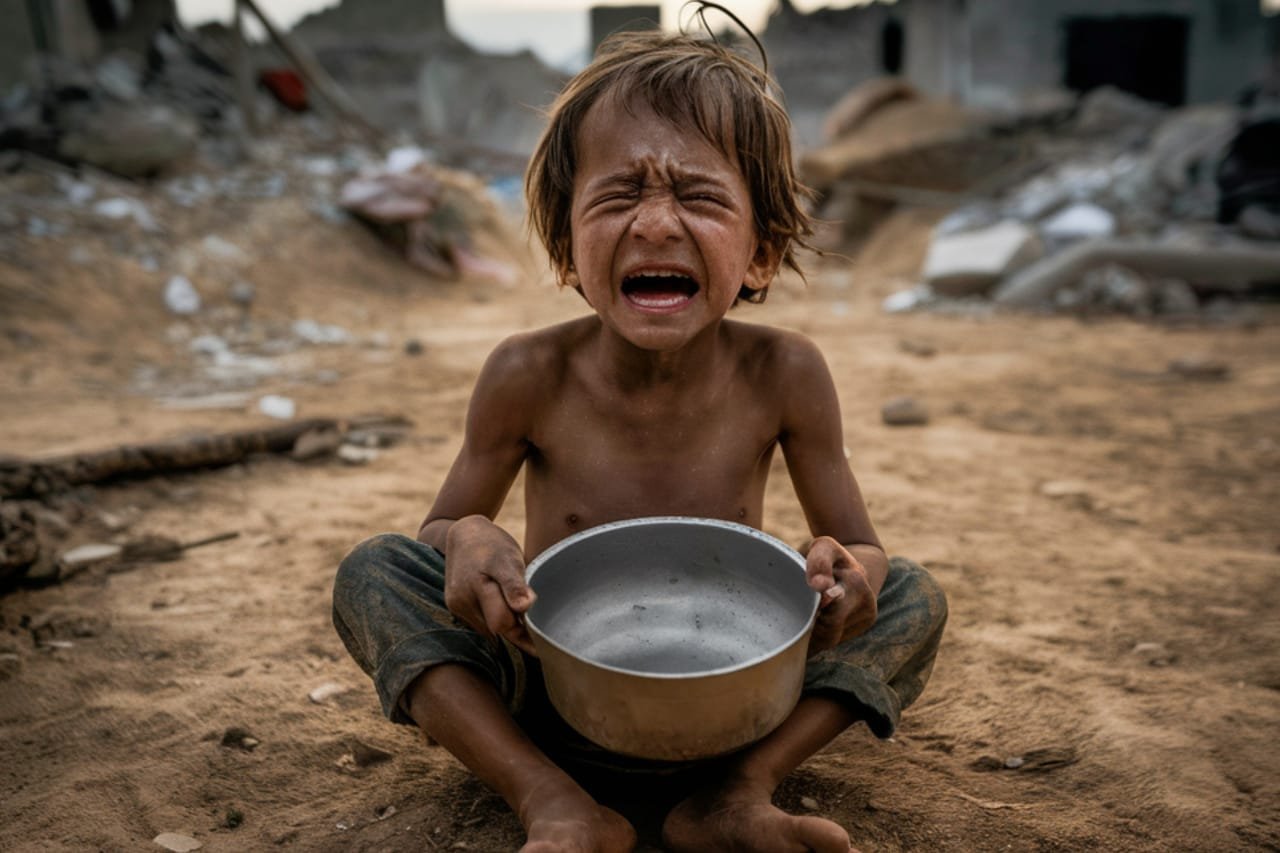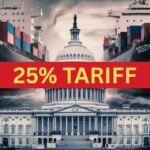- Home
- ScienceDiscover the latest updates from across the United States, including politics, culture, economy, and trending stories. Stay informed on the key events shaping the nation and the topics everyone’s talking about.
- EconomyOur Economy page provides comprehensive reporting on international financial systems, trade dynamics, development economics, and macroeconomic policy. Drawing on expert analysis and institutional data, we illuminate the interconnected nature of global markets and their real-world implications for governance and inequality.
- HealthWe examine global health issues through the lens of policy, access, equity, and innovation. From pandemics and healthcare infrastructure to mental health and biotechnological breakthroughs, our health reporting is rooted in empirical data, expert insight, and a commitment to understanding health as a cornerstone of human development.
- HistoryThis section revisits critical junctures in world history, emphasizing the relevance of historical events in shaping present-day global affairs. Through scholarly narratives and fact-anchored storytelling, we uncover the often-overlooked patterns, power structures, and human decisions that have left a lasting imprint on international relations and societies.
- PoliticsOur Politics section offers in-depth analysis of international political developments, ideological movements, and institutional shifts. With a focus on global governance, diplomacy, and geopolitical strategy, we provide nuanced reporting that transcends partisan narratives and situates events within their broader historical and structural contexts.
- War & ConflictThis section delivers meticulous coverage of international conflicts, civil wars, military strategies, and peace negotiations. We prioritize geopolitical context, long-term impact, and the role of state and non-state actors—eschewing sensationalism in favor of sober, historically informed analysis.
- TechnologyWe critically examine the global technology landscape—from artificial intelligence and cybersecurity to digital policy and ethical innovation. Our reporting focuses not just on what is being built, but why it matters: how technological change influences governance, economy, security, and human life on a planetary scale.
- Features
- Home
- ScienceDiscover the latest updates from across the United States, including politics, culture, economy, and trending stories. Stay informed on the key events shaping the nation and the topics everyone’s talking about.
- EconomyOur Economy page provides comprehensive reporting on international financial systems, trade dynamics, development economics, and macroeconomic policy. Drawing on expert analysis and institutional data, we illuminate the interconnected nature of global markets and their real-world implications for governance and inequality.
- HealthWe examine global health issues through the lens of policy, access, equity, and innovation. From pandemics and healthcare infrastructure to mental health and biotechnological breakthroughs, our health reporting is rooted in empirical data, expert insight, and a commitment to understanding health as a cornerstone of human development.
- HistoryThis section revisits critical junctures in world history, emphasizing the relevance of historical events in shaping present-day global affairs. Through scholarly narratives and fact-anchored storytelling, we uncover the often-overlooked patterns, power structures, and human decisions that have left a lasting imprint on international relations and societies.
- PoliticsOur Politics section offers in-depth analysis of international political developments, ideological movements, and institutional shifts. With a focus on global governance, diplomacy, and geopolitical strategy, we provide nuanced reporting that transcends partisan narratives and situates events within their broader historical and structural contexts.
- War & ConflictThis section delivers meticulous coverage of international conflicts, civil wars, military strategies, and peace negotiations. We prioritize geopolitical context, long-term impact, and the role of state and non-state actors—eschewing sensationalism in favor of sober, historically informed analysis.
- TechnologyWe critically examine the global technology landscape—from artificial intelligence and cybersecurity to digital policy and ethical innovation. Our reporting focuses not just on what is being built, but why it matters: how technological change influences governance, economy, security, and human life on a planetary scale.
- Features
Now Reading: Tariff on India: US Move May Raise Global Prices
-
01
Tariff on India: US Move May Raise Global Prices
- Home//
- Science//Discover the latest updates from across the United States, including politics, culture, economy, and trending stories. Stay informed on the key events shaping the nation and the topics everyone’s talking about.
- Economy//Our Economy page provides comprehensive reporting on international financial systems, trade dynamics, development economics, and macroeconomic policy. Drawing on expert analysis and institutional data, we illuminate the interconnected nature of global markets and their real-world implications for governance and inequality.
- Health//We examine global health issues through the lens of policy, access, equity, and innovation. From pandemics and healthcare infrastructure to mental health and biotechnological breakthroughs, our health reporting is rooted in empirical data, expert insight, and a commitment to understanding health as a cornerstone of human development.
- History//This section revisits critical junctures in world history, emphasizing the relevance of historical events in shaping present-day global affairs. Through scholarly narratives and fact-anchored storytelling, we uncover the often-overlooked patterns, power structures, and human decisions that have left a lasting imprint on international relations and societies.
- Politics//Our Politics section offers in-depth analysis of international political developments, ideological movements, and institutional shifts. With a focus on global governance, diplomacy, and geopolitical strategy, we provide nuanced reporting that transcends partisan narratives and situates events within their broader historical and structural contexts.
- War & Conflict//This section delivers meticulous coverage of international conflicts, civil wars, military strategies, and peace negotiations. We prioritize geopolitical context, long-term impact, and the role of state and non-state actors—eschewing sensationalism in favor of sober, historically informed analysis.
- Technology//We critically examine the global technology landscape—from artificial intelligence and cybersecurity to digital policy and ethical innovation. Our reporting focuses not just on what is being built, but why it matters: how technological change influences governance, economy, security, and human life on a planetary scale.
- Features//
Tariff on India: US Move May Raise Global Prices
Sera KevilEconomyAugust 1, 20255 Views
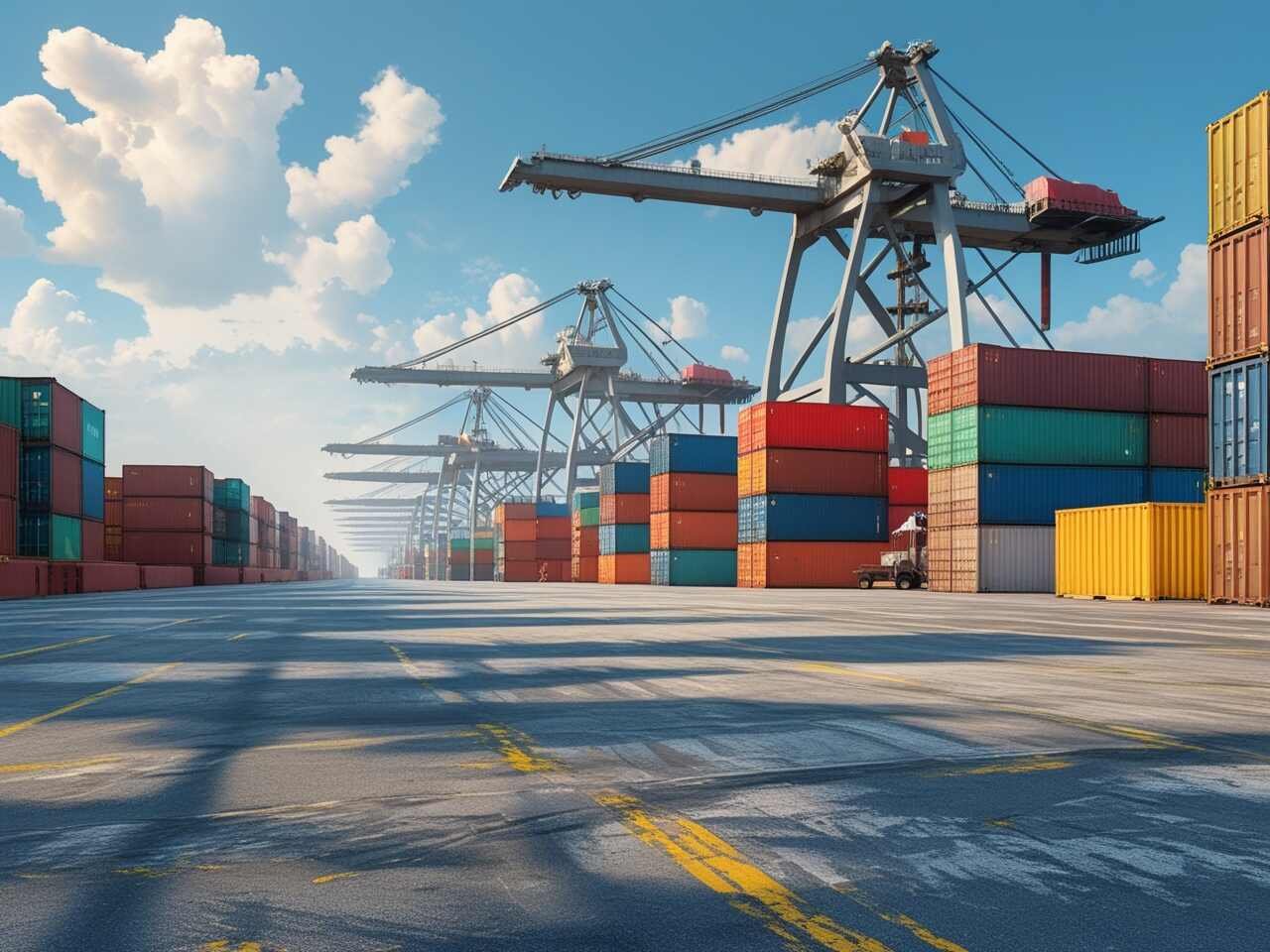
The U.S. has announced a 25% tariff on Indian imports, effective August 1 (rolled out by August 7), as part of a broader set of reciprocal tariffs on 69 trading partners. India also faces an additional unspecified penalty tied to its purchases of Russian energy and defense equipment (AP News).
Key Facts You Must Know
The United States imposed a new set of tariffs, varying between 10% and 41%, targeting exports from close to 70 different nations. India’s rate is set at 25%—a decision widely reported by Reuters and others (Reuters). The tariff takes effect in seven days from signing, aimed to pressure India on trade practices and its alignment with Russia (ABC News).
The executive order ties these tariffs to alleged trade imbalance and India’s energy dealings with Russia (AP News). About $9.9 billion of Indian jewelry exports will face roughly 24% duties, while apparel prices may rise by up to 17%. Pharmaceuticals remain exempt, though India provides over 40% of U.S. generic medicines (Indiatimes).
Which Sectors Face the Heat?
The 25% tariff affects smartphones, auto parts, clothing, jewelry, and mid‑range tech made in India (Indiatimes). India is a major supplier of those goods. U.S. companies including Apple may see higher import costs that could reduce margins or lead to higher retail prices (Indiatimes, www.ndtv.com).
India’s auto component exports worth $2.2 billion may raise manufacturing costs for U.S. automakers. But pharmaceuticals—worth roughly $8.1 billion—remain outside the tariff scope (Indiatimes).
How Markets May React
Markets have shown caution. Asian stock futures dipped slightly after the announcement, though volatility was less than earlier in April. Economists warn of upward pressure on U.S. inflation and strained profit margins for import‑reliant firms (ft.com).
Indian financial markets faced stress as foreign investors pulled out large sums, reacting to uncertainty caused by the new tariff measures. The rupee weakened against the dollar even as central bank intervention stabilized it slightly (The Times of India).
Most Recommaded:
- Trade Surprise: Why Is the EU Investing $600B in the US?
- Tariffs War Neutralized: US-Japan Step In
- 2025 US Aid Cuts Spark Global Shockwaves
India’s Response and Strategic Options
India’s leaders have raised objections. Congress MP Shashi Tharoor called the U.S. demands “unreasonable” and warned India may need to reconsider trade if such moves persist (The Times of India). Reports suggest India may decline a deal to buy F‑35 jets, pointing to strategic divergence and stronger emphasis on domestic defense production under “Make in India” (economictimes.indiatimes.com).
Indian officials may explore alternate trade partners or broader diversification as a response. Despite tensions, both sides affirm India remains a strategic partner—though the tariff adds friction to bilateral relations.
Transitioning from Agreement to Enforcement
Earlier tariffs levied in April were delayed; many countries, including India, now face final implementation starting August 7 for goods shipped before October 5 (ABC News). The tariff framework gives exemptions for some shipments in transit, but post‑deadline imports will face full penalties.
Trump’s broader strategy combines trade pressure with political leverage, often tying tariff threats to foreign policy issues—like India’s ties with Russia. Some countries, such as the EU, UK, Japan, and South Korea, secured lower rates via last‑minute deals (The Guardian, ft.com).
Legal and Constitutional Issues
Critics challenge Trump’s use of the International Emergency Economic Powers Act (IEEPA). In May 2025, a U.S. trade court ruled earlier tariffs illegal, ordering collection to stop under emergency powers that were deemed unconstitutional for sweeping economic policy (Wikipedia). This court ruling may cast doubt on current tariffs unless new legal authority is secured by Congress.
What It Means for Consumers
U.S. consumers may see price increases on affected goods—clothing, auto parts, jewelry, mid‑range phones. Apparel cost may rise 10–17%, and jewelry tariffs near 24% (Indiatimes). Some businesses might absorb the cost, but margins could shrink—leading to either lower profits or higher retail prices. The inflationary environment may deepen price pressures on low‑income households.
However, essential items like generic medicines remain tariff‑free—offering some relief amid broader cost increases.
The current tariff policy signals Trump’s broader agenda to reduce trade imbalances and respond to international political disputes. The U.S. frames it as rebalance; opponents call it risk‑heavy economic coercion. The neutral angle: India may face real costs in trade and goodwill with its largest partner. Meanwhile, U.S. firms may suffer supply chain disruption and margin squeeze.
Brands and governments on both sides must weigh strategic relationships versus short‑term economic self‑interest. Prices may rise—but essential sectors, dialogue, and market adaptations could buffer disruption.












